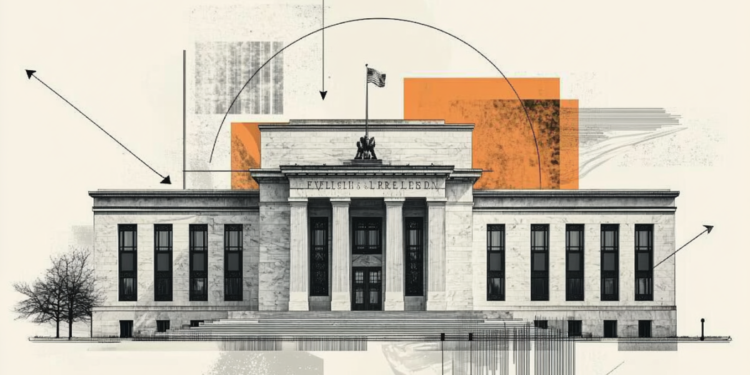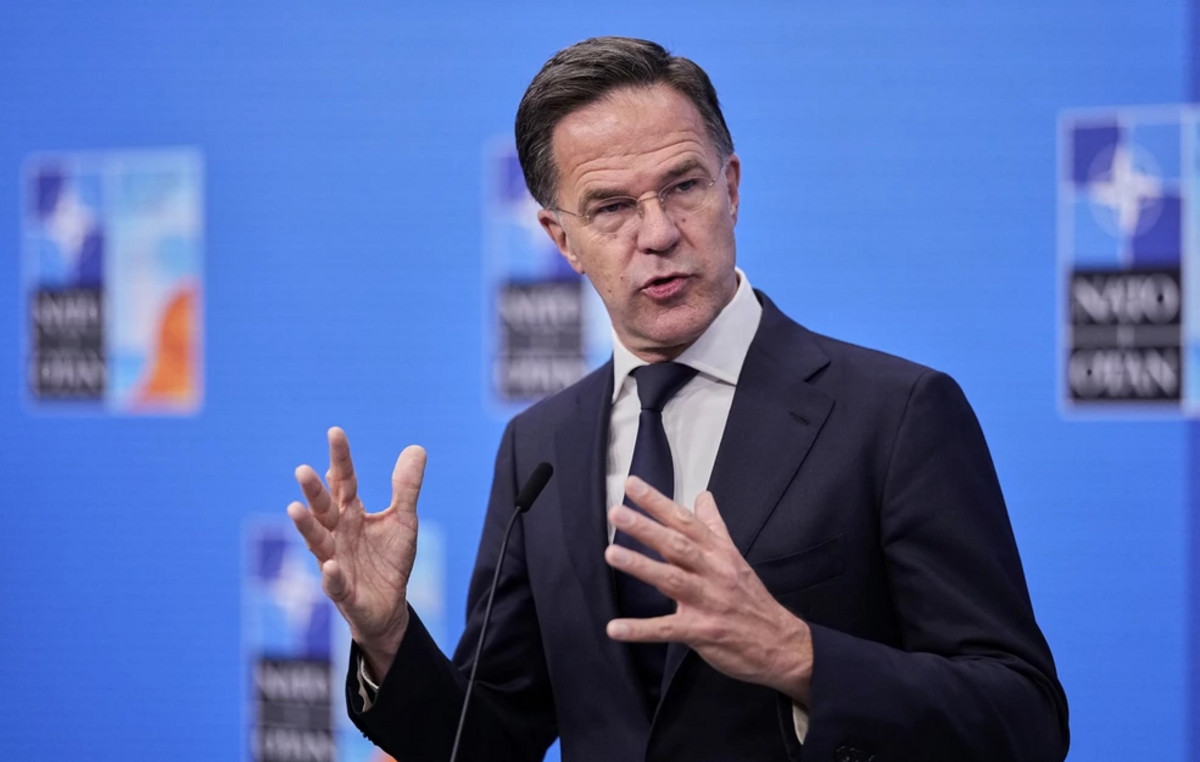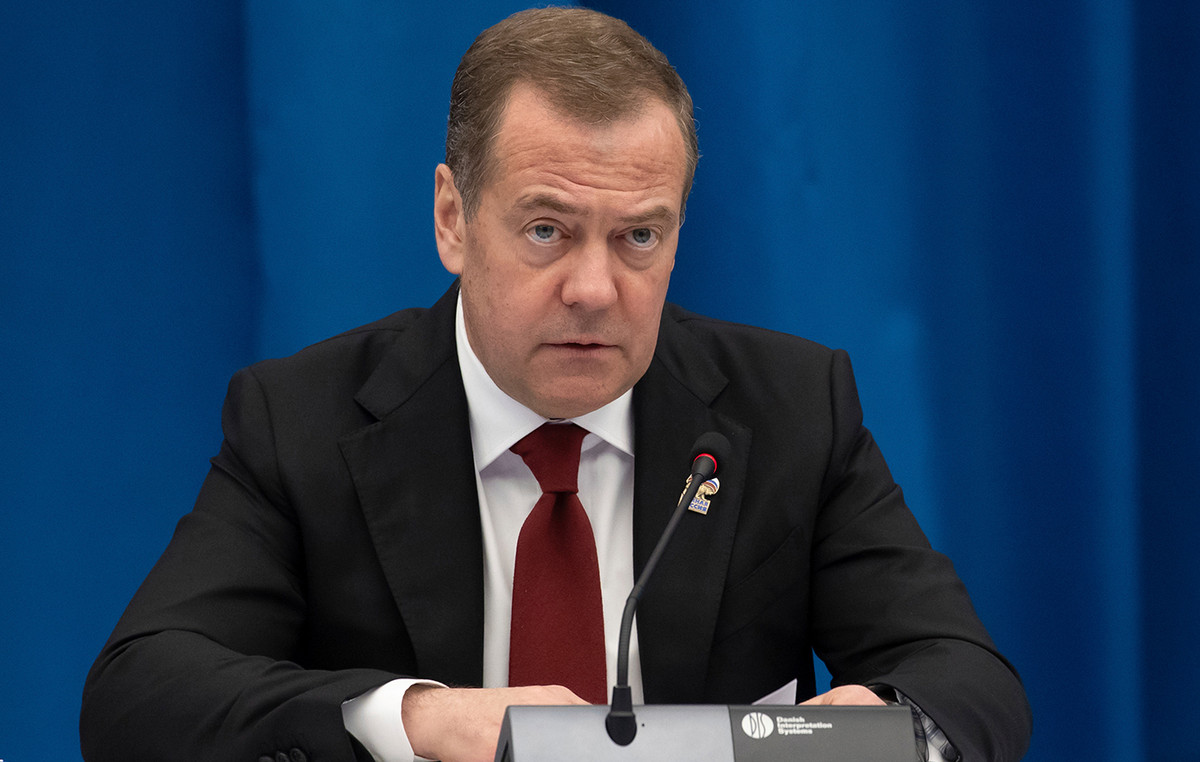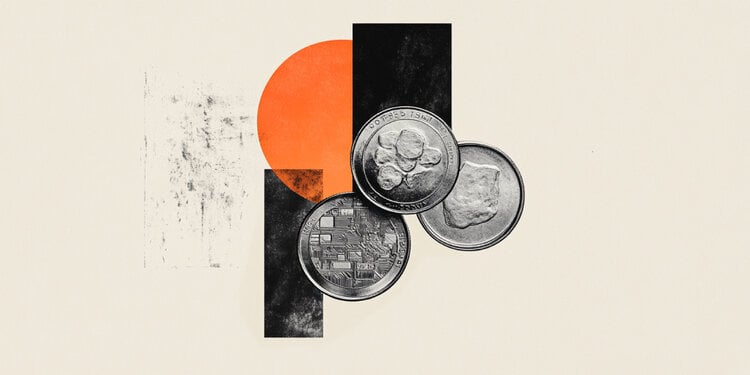The price of gold in euros fell yesterday Tuesday at its lowest price since last May 16 in € 2,838, coinciding with the confirmation of the cessation of the conflict between Israel and Iran. The Xau/EUR closed the day by € 2,861, losing considerable 1.64% daily.
This Wednesday, The ounce of gold in euros recovers land, braking three consecutive days of descents. The price moves today in a narrow range between € 2,860 and € 2,875, quoting at the time of writing about € 2,865, where he earns 0.14% in what we have been.
From one year to this part, the Xau/EUR has won 31.92%.
The feeling of risk is moderated after the high fire between Israel and Iran
- The strong risk appetite that the markets dominated yesterday after the confirmation of the high fire between Israel and Iran has moderated this Wednesday, slightly promoting the price of gold. A Pentagon report questions that recent air attacks on Iranian nuclear site. Although US President Donald Trump has denied this information, ensuring that there was a total devastation of the facilities, the markets have preferred to opt for caution.
- Besides, Hamas killed seven Israeli soldiers yesterday in Gaza After exploding the vehicle in which they circulated. The continuity of the conflict in the region supports the price of gold as a safe refuge.
- At the NATO Summit that is taking place in The Hague, the leaders of the North Atlantic Treaty Organization could agree to increase the 5%defense expenditure. During the summit, a find is expected between Donald Trump and his Ukrainian counterpart, Volodimir Zelenski. Hours before, Ukraine updated to 18 the number of deaths in the Ukrainian city of Dnipró after the Russian attack on Tuesday.
FAQS GOLD
Gold has played a fundamental role in the history of mankind, since it has been widely used as a deposit of value and a half of exchange. At present, apart from its brightness and use for jewelry, precious metal is considered an active refuge, which means that it is considered a good investment in turbulent times. Gold is also considered a coverage against inflation and depreciation of currencies, since it does not depend on any specific issuer or government.
Central banks are the greatest gold holders. In their objective of supporting their currencies in turbulent times, central banks tend to diversify their reserves and buy gold to improve the perception of strength of the economy and currency. High gold reserves can be a source of trust for the solvency of a country. Central banks added 1,136 tons of gold worth 70,000 million to their reservations in 2022, according to data from the World Gold Council. It is the largest annual purchase since there are records. The central banks of emerging economies such as China, India and Türkiye are rapidly increasing their gold reserves.
Gold has a reverse correlation with the US dollar and US Treasury bonds, which are the main reserve and shelter assets. When the dollar depreciates, the price of gold tends to rise, which allows investors and central banks to diversify their assets in turbulent times. Gold is also inversely correlated with risk assets. A rebound in the stock market tends to weaken the price of gold, while mass sales in higher risk markets tend to favor precious metal.
The price of gold can move due to a wide range of factors. Geopolitical instability or fear of a deep recession can cause the price of gold to rise rapidly due to its condition of active refuge. As an asset without yield, the price of gold tends to rise when interest rates lower, while the money increases to the yellow metal. Even so, most movements depend on how the US dollar (USD) behaves, since the asset is quoted in dollars (Xau/USD). A strong dollar tends to keep the price of gold controlled, while a weakest dollar probably thrusts gold prices.
Source: Fx Street
I am Joshua Winder, a senior-level journalist and editor at World Stock Market. I specialize in covering news related to the stock market and economic trends. With more than 8 years of experience in this field, I have become an expert in financial reporting.







